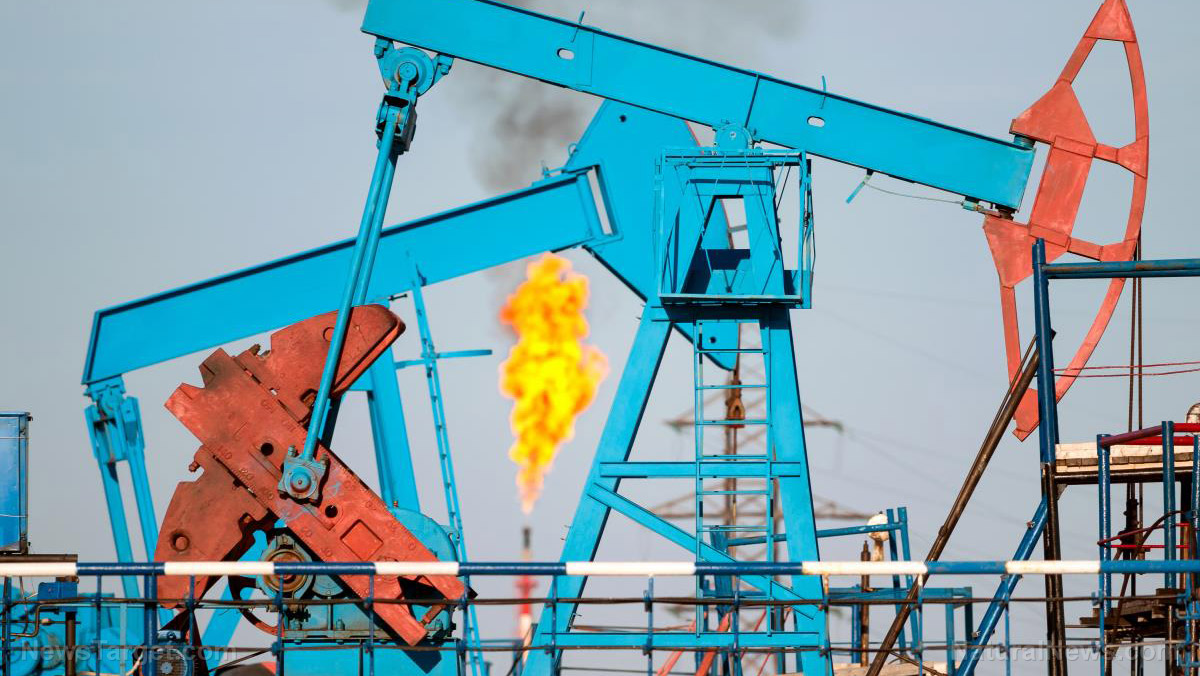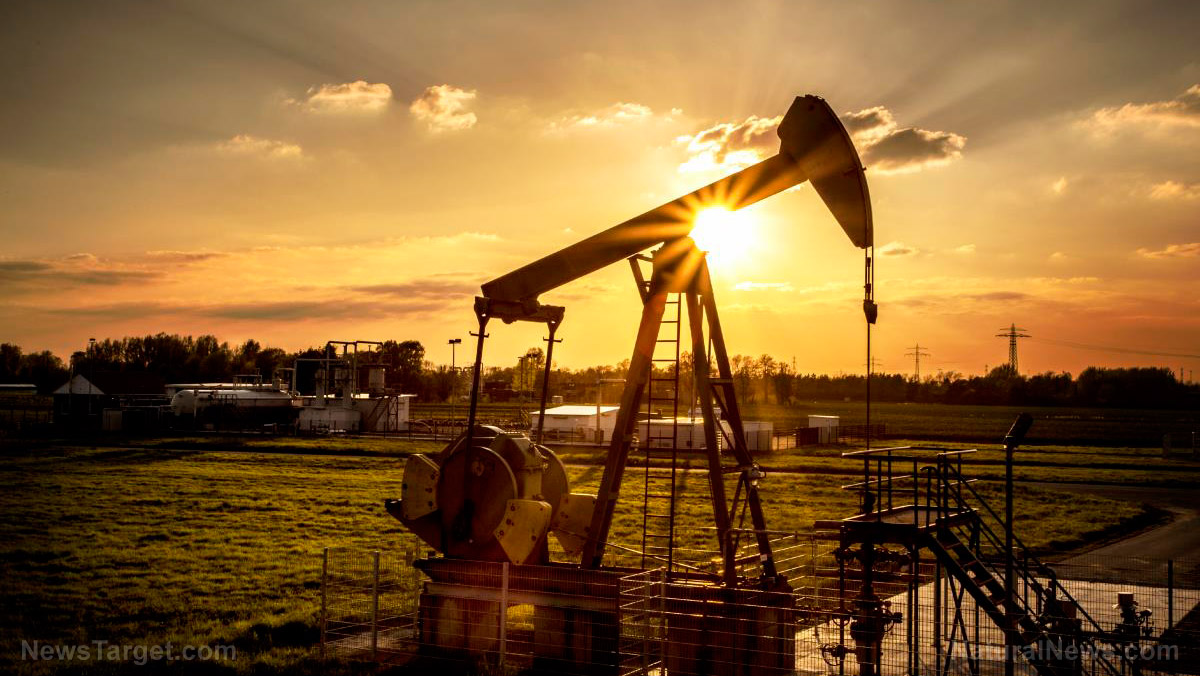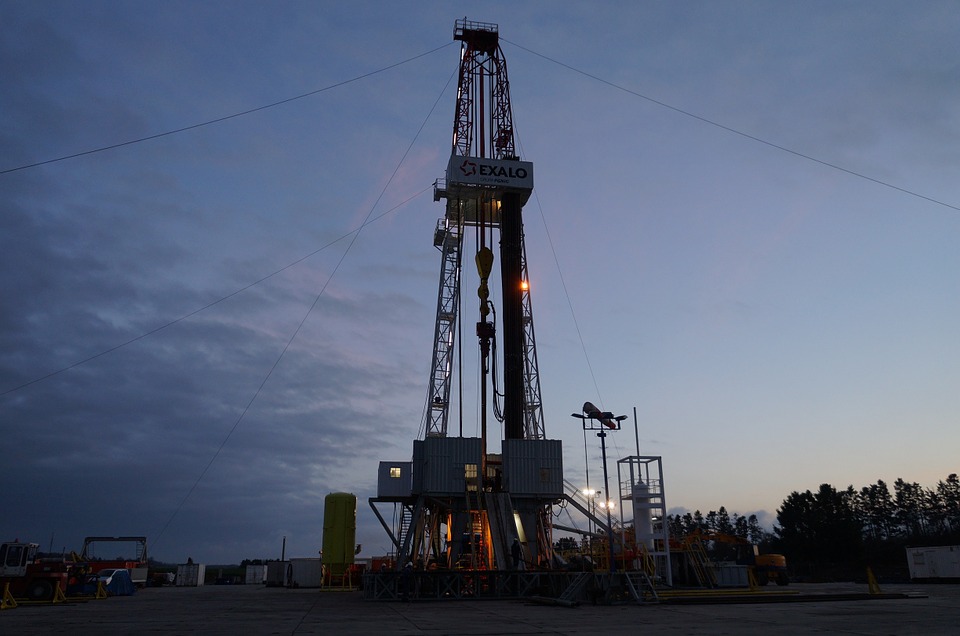PAY MORE OR FREEZE: Extremely cold winter to put upward pressure on prices of natural gas
11/12/2021 / By Matthew Davis

The Energy Information Administration (EIA) said natural gas prices are expected to be volatile across the United States as the winter heating season begins.
In its Short Term Energy Outlook (STEO) published on Nov. 9, the EIA estimated that U.S. natural gas storage levels had risen to within 3 percent of the previous five-year average at the end of October. But extremely cold weather in February also led to lower-than-average natural gas storage levels across the nation throughout the summer.
“Mild weather has limited natural gas consumption and helped bring our storage levels closer to average in recent weeks, but cold winter weather could continue to put upward pressure on prices,” said EIA Acting Administrator Steve Nalley. “Winter temperatures will be the key driver of natural gas demand, inventories and ultimately prices.”
However, EIA is also expecting natural gas prices to remain volatile over the upcoming months with uncertain winter temperatures remaining a key driver of demand and prices. The outlook comes after Eversource Energy stated earlier this month that customers could see natural gas heating prices rise by 15 percent, costing an average of $30 per month more compared to 2020.
In Eversource’s third-quarter 2021 earnings call, Philip J. Lembo, the company’s executive vice president and chief financial officer, cited rising prices in the aftermath of the Wuhan coronavirus (COVID-19) pandemic, supply issues and forecasts of a cold winter as reasons for the price increase. (Related: Natural gas prices worldwide soar to record high.)
EIA noted that the U.S. electric power sector continues to use significant amount of natural gas for generation, while U.S. natural gas exports of liquefied natural gas (LNG) are estimated to have averaged 9.8 billion cubic feet per day, 37 percent more than they were in October 2020. This means the power sector are operating at capacity.
The U.S. exports of natural gas will most likely remain close to capacity for the rest of 2021 and in 2022 in an effort to meet global demand, said the EIA.
In October, the natural gas spot price at Henry Hub – an indicator of natural gas supply and demand – averaged $5.51 per million British thermal units (MMBtu), which was up from the September average of $5.16/MMBtu and also up from an average of $3.25/MMBtu in the first half of 2021.
EIA noted that the rising price of natural gas seen across the U.S. in recent months reflects the lower than average inventory levels, which are currently under the five-year average between 2016 and 2020.
Despite the high prices, demand for natural gas for electric power generation has remained relatively high. This, along with strong global demand for U.S. liquefied natural gas, has “limited downward natural gas price pressures,” according to EIA.
EIA is expecting that the Henry Hub spot price will average $5.53/MMBtu from November through February before dropping down throughout 2022, averaging $3.93/MMBtu for the year amid rising U.S. natural gas production and slowing growth in LNG exports.
The agency said it expects inventory draws in the U.S. to be similar to the five-year average this winter and that this, along with rising U.S. natural gas exports and relatively flat production through March, will keep natural gas prices near recent levels before they eventually drop down in price.
Elsewhere in the STEO, the EIA said it expects that Brent prices will average $82 per barrel from October to December and $72 per barrel in 2022. Brent crude oil spot prices averaged $84 per barrel in October, up by $9 per barrel from September and up by $43 per barrel from October 2020.
EIA said crude oil prices have risen over the past year as a result of steady draws on global oil inventories, which averaged 1.9 million barrels per day during the first three quarters of 2021. EIA said it’s expecting to see an increase in production from the Organization of Petroleum Exporting Countries (OPEC), U.S. tight oil and other non-OPEC countries in 2022, which will “outpace slowing growth in global oil consumption and contribute to Brent prices declining from current levels to an annual average of $72 [per barrel].”
The agency also estimated that 18 percent more coal will be used to generate electricity in the United States in 2021 than in 2020, breaking a long-standing trend, while coal exports will increase by 29 percent in 2021.
Natural gas prices in Europe, UK soar
Natural gas prices in Europe and the U.K. have soared to some of the highest levels on record, threatening to raise costs for households and businesses as global supplies of the critical fossil fuel remain tight.
In the U.K., prices have risen above £100 ($133.9) a therm, the highest level since 2005 and a record for the summer. In Europe, prices have hit €40 ($45.8) per megawatt hour for the first time. A therm measures the amount of energy contained in natural gas and is sometimes used to calculate utility bills.
Prices in Asia are also elevated as countries try to attract cargoes of LNG to meet strong demand, with the spot price of LNG cargoes above $15 per MMBtu, according to energy consultancy ICIS. Prices in Europe and the U.K. when converted are near $14 per MMBtu.
The widespread strength in prices is raising fears that a global supply squeeze on the fuel – one of the world’s most important because of its broad range of uses, from industry to power generation and heating – will only intensify.
“If anything, it’s surprising there hasn’t been more concern,” said Tom Marzec-Manser of ICIS. “In terms of additional supply, there aren’t many options on the table globally. Russia is really the only discretionary source of supplies out there but we don’t know when additional deliveries might start. So traders around the world, from Japan to Brazil, are starting to watch European prices too.”
Follow Power.news for more on the surge in prices of natural gas.
Sources include:
Submit a correction >>
Tagged Under:
bubble, chaos, climate, coal, collapse, crisis, electricity, energy supply, environment, gas storage, heating oil, inflation, natural gas, power, power grid, supply chain, winter
This article may contain statements that reflect the opinion of the author
RECENT NEWS & ARTICLES
NewEnergyReport.com is a fact-based public education website published by New Energy Report Features, LLC.
All content copyright © 2018 by New Energy Report Features, LLC.
Contact Us with Tips or Corrections
All trademarks, registered trademarks and servicemarks mentioned on this site are the property of their respective owners.





















